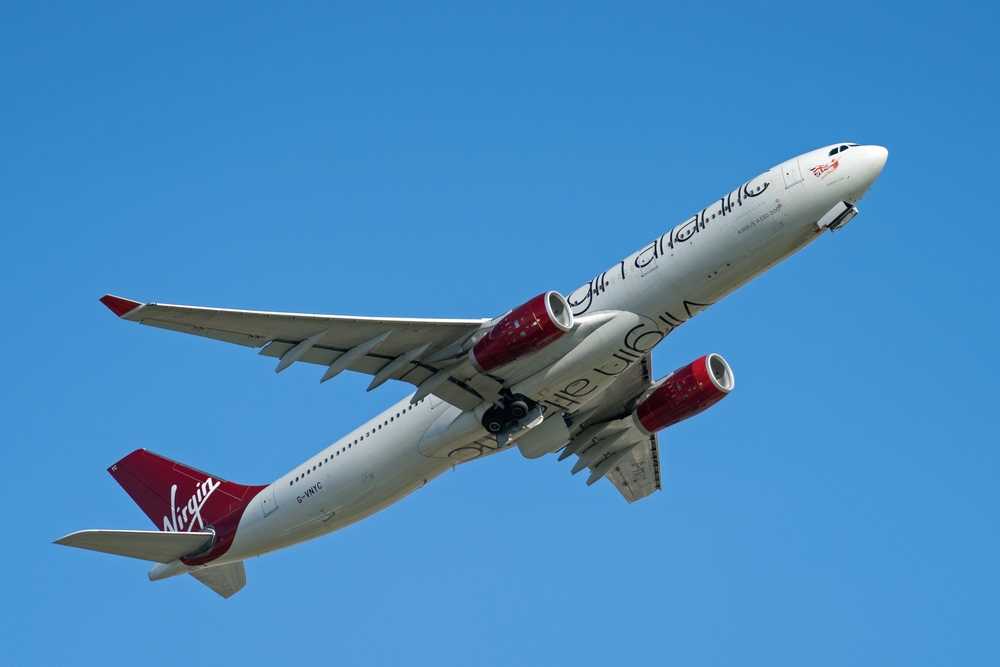The results are in! After months of data analysis and quantification, Virgin Atlantic has published the results of their monumental Flight100.
As you may recall from our previous post, Flight100 was a groundbreaking initiative in which Virgin Atlantic and its various partners endeavored to fly the first transatlantic flight with 100% SAF. After more than a year of collaboration and planning, the flight was a resounding success and data was gathered to research the efficacy of SAF to curb both CO2 emissions and the particulate matter responsible for contrail formation.
So, what did we learn?
After a full life-cycle analysis the research shows that Flight100 saved 95 tons of CO2, 64% of the emissions of a standard flight along the same route. Additionally, there was an improvement in overall fuel-burn efficiency, which means that more energy can be produced using less fuel. Combine that with the operational efficiencies achieved by direct routing and reduced taxi time, which resulted in a further 2.2 tons of fuel savings, and it’s evident that SAF is indeed a safe and superior replacement for fossil fuel.1
As for contrails: tests carried out by Imperial College London and Sheffield University confirmed a reduction in both number and size of particle emissions, which bodes well for improving air quality and reducing contrail formation. There was a 40% decrease in these non-volatile particles responsible for the formation of ice crystals that ultimately lead to persistent contrails, suggesting that the use of 100% SAF can have a significant impact on the formation of these warming lines in the sky.2
Along with fewer particle emissions, Flight100 utilized CoCiP, the contrail prediction model, to identify where contrails were likely to form and avoid those areas. The flight path was strategically coordinated to fly above those regions of probable contrail creation and on-board observations by the RMI Contrail Task Force validated that decision, confirming that persistent contrails formed below the flight as forecasted.2 These findings are exciting and will have a significant impact in assuaging some of the uncertainties around the accuracy of contrail prediction.
SAF has been touted as one of the key tools for reaching aviation’s industry-wide goal of net-zero flight by 2050, and trials like this are exactly what is needed to test its efficacy and applicability. There is of course still a question of supply, but at least some answers have been provided as to its impact on the environment, and the results are encouraging.
Collaboration was vital to the success of this flight, and another step toward cross-industry open-source information sharing will be taken on June 3,2024 as the consortium behind Flight100 will meet to do a technical deep dive into the results. We hope, this flight and the insights gleaned from its analysis can inspire further bold research initiatives that will spearhead the development and integration of SAF as well as contrail avoidance models into commercial flight.
[1] Corporate Press Release | Virgin Atlantic Flight100 Corporate Press Release
[2] Flight100 Executive Summary | Virgin Atlantic Executive Summary of Results

